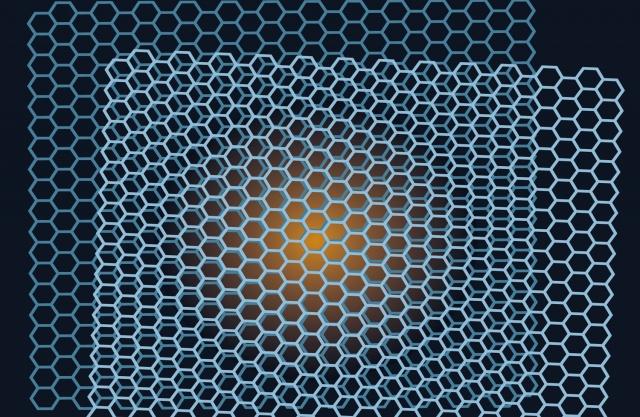
The technology behind the innovation could prove to be a huge push in the right direction for graphene, which for the past few years has struggled to find its place despite dozens of different potential applications.
By layering the material with the same components used to produce standard LED displays, the team was able to achieve a result that creates a semi-transparent screen that’s no more than forty atoms thick and stays stable for weeks on end. Previous technologies built with graphene, though promising, degraded quickly, becoming unusable within days.
The implications could be significant in the long run. Imagine full fledged computers wrapped up in something the size of a pen with a screen that rolls out from inside, or 4K displays that you can fold up to fit in your back pocket.
The possibilities are endless, but of course there’s still one major hurdle: cost. Because each sheet of the stuff needs to be built in a highly controlled lab environment, companies have struggled to find a way to reliably and efficiently get more than a couple square feet produced for less than the cost of a Rolls Royce at a time.
There’s no indication this most recent breakthrough will dramatically reduce costs, and while the researchers have put us one step closer to flexible display technology by finding a way to stabilize graphene, it’ll still be years before the material is commercially viable.
Editors' Recommendations
- The world’s first 8K mini-LED monitor has arrived
- A new wave of cheap mini-LED gaming monitors has arrived
- Acer Predator doubles down on OLED, mini-LED, and extreme curves
- Asus’ 4K, 32-inch mini-LED gaming monitor might hit the perfect sweet spot
- Laptop displays got way better this year, and I can prove it


